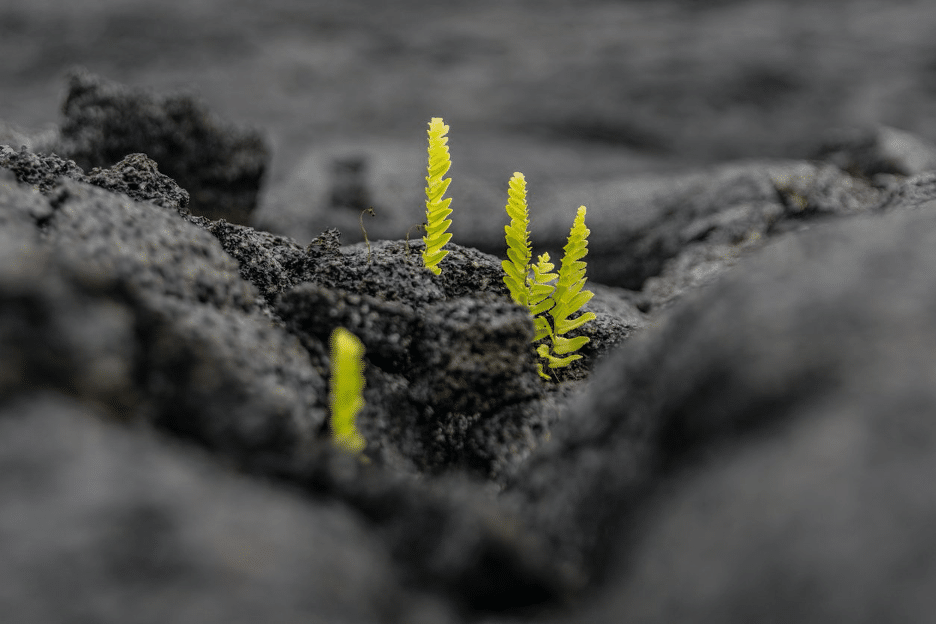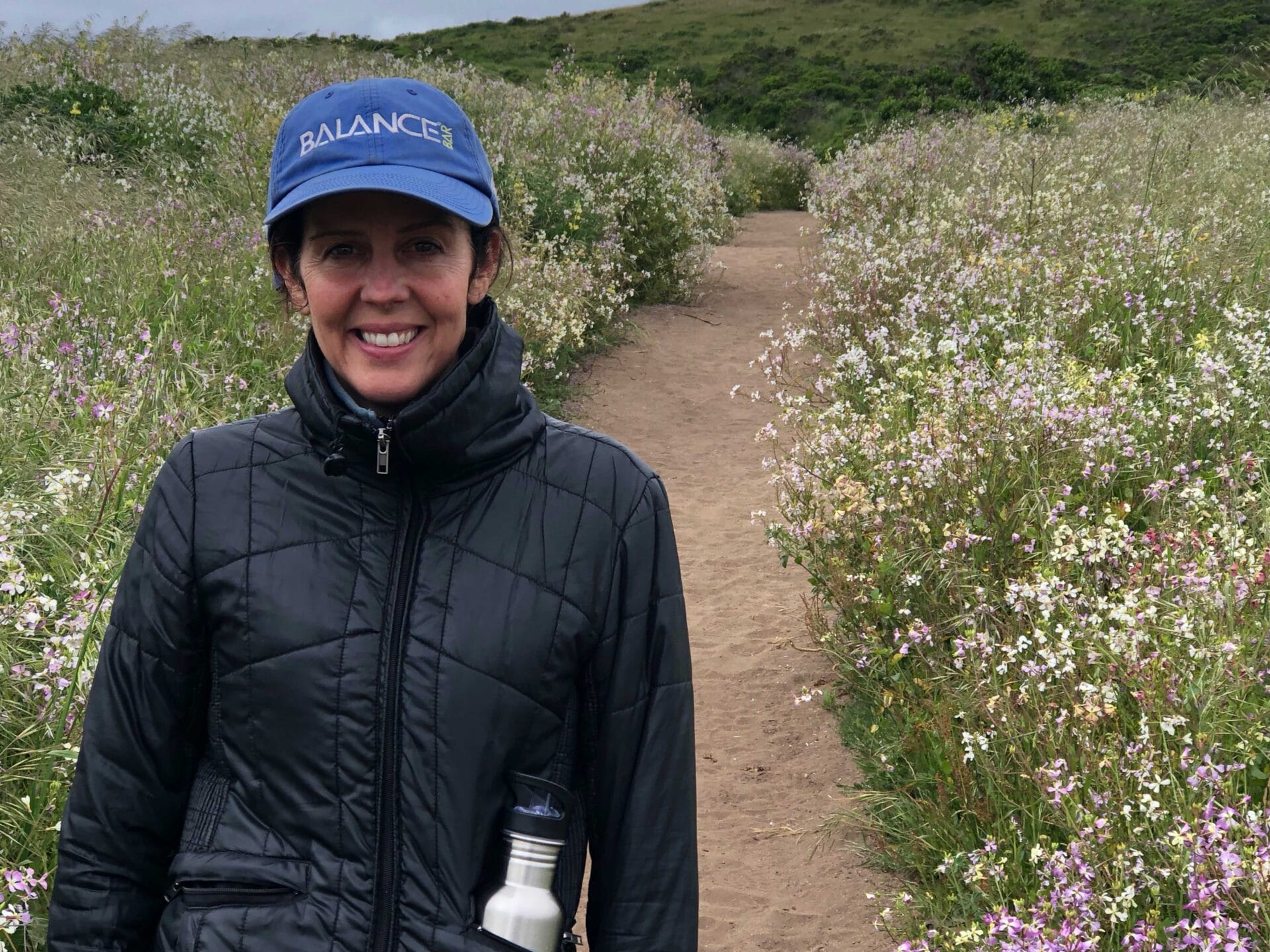By Jennifer Morehouse
Last December, I had the privilege of attending the Soil Health Academy (SHA) at Chico State University in North Eastern California.
When Soil Centric recommended SHA to me, I wasn’t sure I was the right audience. Although my extended family has a cattle ranching operation in South Dakota, I myself have no ranching or farming background. I also don’t garden (yet!) and have a spotty track record with household plants. However, I am deeply interested in regenerative agriculture and implementing the practices on our land in South Dakota and knew I needed to learn more.
In reviewing SHA’s site, I was immediately intimidated by terms like ‘paddock size’ and ‘plant brix’. So, I reached out asking if this was the best place for someone like me to learn about soil health and was shocked to get a response from none other than Gabe Brown himself. A North Dakota farmer, Brown is well-known in regenerative agriculture circles. He explained that the Academies focus on ecosystems and how they function and that understanding this is essential knowledge for everyone: farmers, ranchers, land stewards, gardeners, and newcomers like me. And, he is exactly right.
I convinced one of my brothers to join me and we spent three days at Chico State University learning from regenerative agriculture’s leading experts. Dr. Allen Williams, Ray Archuleta, Shane New and Gabe Brown have decades of experience regenerating their own farms and ranches and in the evolving field of soil science. The class went deep on the six soil health principles and three rules of adaptive stewardship that form the foundation of the regenerative approach.
We spent time in the field performing water infiltration tests to understand soil composition, looking at a monoculture orchard and its impact on the soil, and observing birds and insects, whose presence confirm an ecosystem is healthy. Back in the classroom we mapped a rotational grazing plan to understand how a proper plan will spur the regeneration of healthy grassland.
The technical and hands-on knowledge SHA provides is first-rate and, if you are a farmer or rancher (or thinking of becoming one), this is absolutely the place to go to learn about how to regeneratively manage land and increase profitability in the process. If you focus on soil health, greater profitability follows - SHA is crystal clear on this point. You will leave with more information than you can imagine and a clear path forward on how to get started.
If you aren’t a farmer or rancher, you will leave inspired to engage in the regenerative agriculture movement. I left the academy with a clear grasp of soil health principles and how to apply them but also with an awareness that I am at the very beginning of this journey with so much yet to learn. There is great opportunity on my family’s ranch but nothing will be done without collaboration, working with experts and those with complimentary skills sets. It will truly be a team effort, and I will continue to learn from those around me, share knowledge, and - hopefully - build healthy soil and sequester carbon in the process.
But perhaps the biggest takeaway from the academy were two things the team said that go beyond farming & ranching and apply to us all:
- Observation is critical to success. (And, we as a society have largely lost this ability).
- Soil health can improve, and carbon can be sequestered, anywhere.

Everywhere we look, whether it is acres of ranch-land or our own backyard, what do we observe? What opportunities exist to work with and regenerate the soil? Where do you see soil that needs some attention? Part of observation is asking these questions.
For my part, I’m starting in my own backyard where the plot of dirt (and, yes, it is currently lifeless dirt) will soon be converted into living soil to support a pollinator garden. I am seeking out farms, ranches and brands engaged in regenerative agriculture and supporting them with my family’s food dollars. And, my family and I are actively working to ensure that our South Dakota land will be managed regeneratively for years to come.
Gabe Brown was right when he said that understanding how ecosystems function and the role healthy soil plays is essential knowledge for everyone. In these unsettling times, the word that continues to come to mind is resilience. While so many of us are at home during this pandemic, trying to figure out a path forward in our new normal, soil seems to be the best place for us to start. Better nutrition, better health, better resilience for ourselves, our communities, and our planet - healthy soil can provide all of this. I can’t think of a more important mission than that.
About the Author
Jennifer Morehouse is veteran of the food industry with a passion for regenerative agriculture. She is actively engaged in educating herself and others on the importance of soil health and is currently volunteering with Soil Centric.

